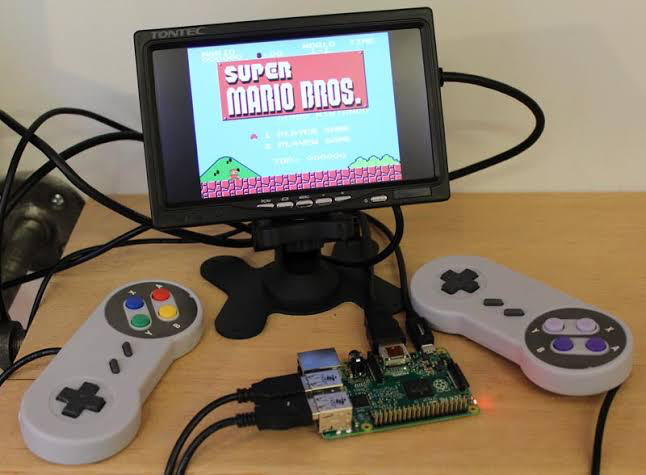In the vast landscape of video games, where photorealistic graphics and expansive open worlds often dominate headlines, a curious phenomenon continues to capture attention—and generate significant revenue. *Low’s Adventure*, a modest platformer game known for its endearing pixel art and simplistic gameplay, has become the poster child for a trend that refuses to fade: game reskinning. Despite criticisms that label such practices as lazy or uninspired, reskinning older or base games into seemingly new packages continues to sell, and *Low’s Adventure* offers a compelling case study as to why.
Game reskinning involves taking the same base gameplay mechanics and swapping visual assets, sound effects, characters, and sometimes the theme. This practice is not new—it dates back to classic arcade machines being localized for different markets using similar core games repainted to match cultural preferences. Today, it thrives more than ever in mobile gaming and indie development communities.
Why does it still work? Let’s take a closer look.
The Familiar Made Fresh
Gamers often crave familiarity. There’s comfort in knowing the controls, pacing, and rules of a game, especially for casual players or mobile users who prefer quick sessions over steep learning curves. In the case of *Low’s Adventure*, the base mechanics were borrowed from a countless lineage of side-scrolling platformers. However, its charming visual aesthetic, nostalgic soundtrack, and quirky protagonist breathed new life into a well-trodden template.
Because the core of the game works—responsive controls, level design, and progression—it provides a secure foundation to make cosmetic or thematic changes. When done creatively, reskinning doesn’t feel like an obvious cost-cutting measure; it becomes a palette for innovation within restriction.
Low Cost, High Return
From a business perspective, reskinning is an incredibly efficient development model. Building a game from scratch requires teams of developers, artists, and testers, often stretching into long timelines and higher budgets. Meanwhile, reskinning allows developers to test new themes, gauge player interest in different character designs, or market to new demographics with minimal investment.
For the indie creators behind *Low’s Adventure*, reskinning isn’t just a strategy—it’s survival. With tight budgets and limited marketing reach, reimagining a known quantity in a different skin can unlock new revenue streams without the risk of creating something entirely novel. It’s enough to differentiate the game while reaping the benefits of robust core design.
Nostalgia Sells
One of the most underrated assets in modern gaming is nostalgia. Titles like *Low’s Adventure: Cyber Quest* or *Low’s Adventure: Dungeon Tactics* are essentially reskins of the original game with different art and themes—sci-fi and medieval, respectively. Yet each iteration taps into different nostalgia cues, appealing to fans of retro RPGs or classic space shooters while preserving the original gameplay loop.

Reskinning allows developers to capitalize on these emotional triggers. For veteran gamers, a visually fresh version of a familiar mechanic is often all it takes to warrant a download or even a purchase. It triggers memories and expectations, tying them to modern flavors.
Community and Modding Culture
Reskinning also has roots in modding culture. Communities like those around Minecraft, Doom, and Skyrim keep creating new experiences by changing textures, scripts, and environments. This has normalized the idea that a visual makeover can justify a “new” experience. While modding is fan-driven, the industry has taken note; many indie developers treat their own products like modifiable ecosystems, recycling bones to create new bodies.
Conclusion
While it’s easy to scoff at game reskinning as a shortcut to success, *Low’s Adventure* showcases how thematic changes, nostalgic influence, and savvy economics can keep the concept profitable and fresh. The reality is simple: what works, works. And when developers inject creativity and care into these new iterations, the players are not only forgiving—they’re enthusiastic.
FAQ
- Q: Is reskinning the same as cloning a game?
A: Not necessarily. Cloning often implies copying another developer’s game without changes. Reskinning usually occurs within the same dev team using their own assets or licensed frameworks, changing only the theme or visuals. - Q: Do players generally accept reskinned games?
A: As long as the reskin is thoughtfully done and includes meaningful aesthetic updates, many players are perfectly fine with it, especially fans of the original. - Q: Can reskinning hurt a developer’s reputation?
A: If overdone or perceived as a cash grab without meaningful changes, yes. But when done sparingly and with creative flair, it can enhance brand identity and player engagement. - Q: Are there successful AAA examples of reskinning?
A: Yes. Franchises like FIFA, Call of Duty, and Pokémon essentially “reskin” their formula annually with different rosters, minor gameplay tweaks, and new visuals. - Q: How does reskinning benefit indie developers specifically?
A: It allows them to maximize limited resources by leveraging existing engines and assets, extending the life of a successful game into different markets or themes.